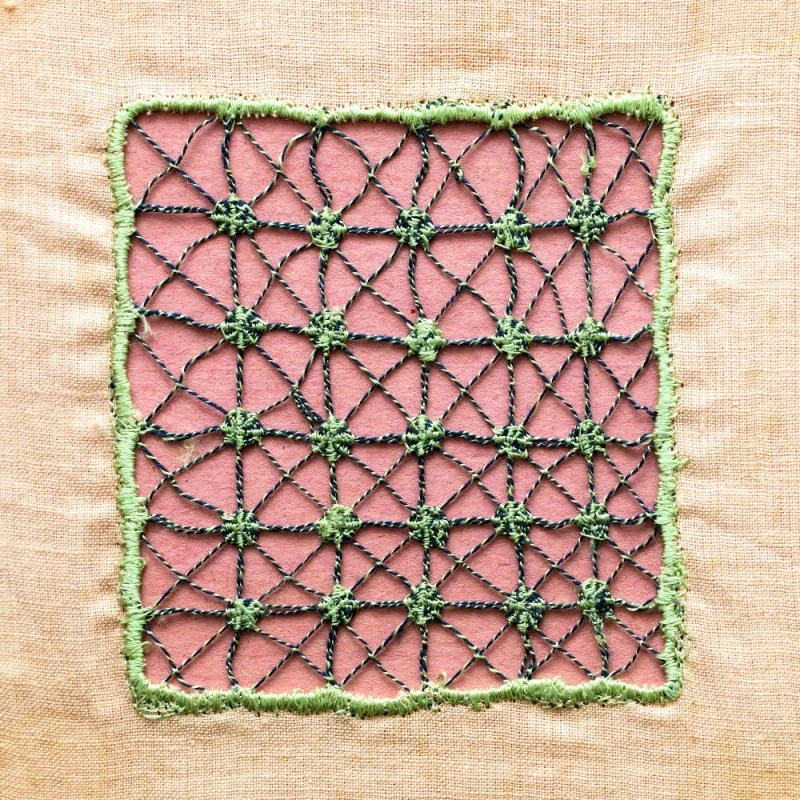Introduction
When it comes to home décor and fashion, fabrics play a vital role in setting the tone and personality of a space or outfit. Among the wide range of fabrics available, natural colour patchwork fabric has steadily grown in popularity across the UK. Its charm lies in the way it combines tradition, craftsmanship, and versatility, making it a go-to choice for homeowners, designers, and craft enthusiasts.
The Timeless Appeal of Patchwork
Patchwork has a deep-rooted history, often associated with recycling fabric pieces into something useful and beautiful. In the UK, this practice resonates with people who appreciate sustainability and traditional artistry. Natural colour patchwork fabrics enhance this legacy by offering understated tones that blend seamlessly with both classic and contemporary styles.
Neutral and earthy colours have a calming, welcoming effect, making patchwork designs less overwhelming and more versatile. They work beautifully in cosy cottages, modern flats, and traditional townhouses alike.
Why Natural Colour Patchwork Fabric Stands Out
- Versatility in Use
- Natural tones make it easy to pair patchwork fabric with other colours, textures, and décor styles. Whether used in curtains, upholstery, or bedding, it adapts to a variety of settings without clashing.
- Sustainability
- Many patchwork fabrics are made from recycled or leftover textiles. Choosing natural colour patchwork fabrics aligns with eco-conscious living, which is an increasingly important lifestyle choice in the UK.
- Aesthetic Warmth
- The subtle hues of natural colours give patchwork fabrics a warm, grounded aesthetic. Unlike bold or flashy designs, these fabrics create a timeless, sophisticated atmosphere.
- Durability
- Patchwork fabric often combines sturdy materials, making it a reliable choice for everyday use in households. Whether it’s for a sofa throw or a quilt, the fabric offers longevity.
Creative Ways to Use Natural Colour Patchwork Fabric
- Quilts and Throws: The most traditional use, providing both warmth and a touch of handmade charm to bedrooms and living rooms.
- Cushion Covers: Patchwork cushions can brighten sofas or chairs while adding texture.
- Curtains: Natural-toned patchwork curtains allow light to filter through while maintaining a unique style.
- Table Runners or Placemats: Perfect for adding rustic elegance to dining areas.
- Upholstery: Reupholstering old furniture with patchwork fabric can give it a new lease of life.
- Wall Hangings: A large patchwork piece can serve as artistic wall décor, ideal for UK homes looking for character.
Why It’s So Popular in the UK
The UK’s love for natural colour patchwork fabric stems from both cultural and practical reasons. British homes often value warmth, comfort, and timeless style—qualities patchwork fabric naturally offers. Additionally, the rise of DIY culture and a renewed interest in handmade crafts have pushed patchwork fabric back into the spotlight. Many people find joy in sewing their own patchwork projects, appreciating both the creative process and the final product.
Caring for Patchwork Fabrics
To maintain their beauty, patchwork fabrics should be cared for properly:
- Wash gently in cold or lukewarm water.
- Avoid harsh chemicals that may fade natural tones.
- Air-dry to retain fabric strength.
- Handle stitched or handmade patchwork with care to prevent fraying.
With proper care, natural colour patchwork fabric items can last for decades, often becoming cherished heirlooms passed through generations.
FAQs
Q1: What makes natural colour patchwork fabric different from other fabrics?
A: Its unique combination of natural tones, sustainable origins, and traditional patchwork craftsmanship sets it apart from single-pattern fabrics.
Q2: Can I use patchwork fabric for modern UK interiors?
A: Absolutely. Its neutral shades blend well with minimalist, Scandinavian, or industrial décor styles, making it versatile for both modern and traditional homes.
Q3: Is patchwork fabric expensive in the UK?
A: Prices vary depending on whether it is handmade or machine-produced. Handmade patchwork tends to cost more due to the craftsmanship involved, while mass-produced options are more affordable.
Q4: How can I style natural patchwork fabric without making a room look busy?
A: Stick to neutral palettes and use patchwork as accent pieces—such as cushion covers or throws—rather than covering an entire room with it.
Q5: Where can I buy natural colour patchwork fabric in the UK?
A: It is widely available through fabric retailers, online craft stores, local markets, and specialty fabric shops across the UK.
Final Thoughts
Natural colour patchwork fabric has found its place as a timeless and practical choice for UK homes. With its rich heritage, sustainable appeal, and adaptability, it continues to inspire creativity while bringing warmth and elegance into interiors. Whether you’re a DIY enthusiast, a homeowner seeking cosiness, or a designer aiming for balance, patchwork in natural hues is a fabric worth embracing.
Explore more here: How Natural Colour Paisley Fabric Adds Elegance to UK Homes


